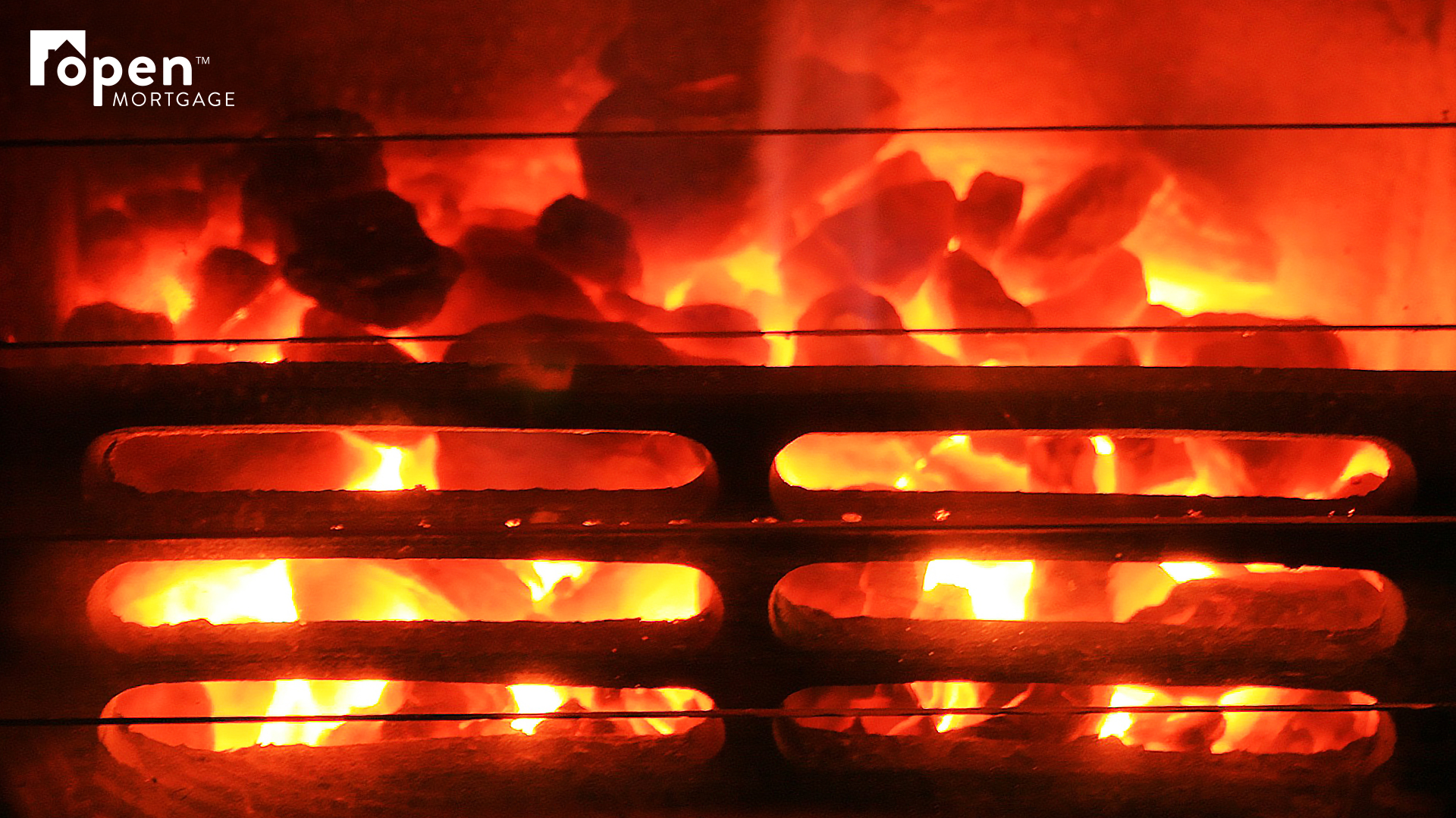
Want to lower your winter utility bill? Here’s how!
Thanksgiving has come and gone, and December is nearly here. As temperatures drop and snow begins falling in many US regions, home utility bills are about to rise.
In fact, the U.S. Energy Information Administration is predicting a 22% increase in energy bills this winter. To lower this cost that none of us enjoy paying, here are some steps you can take (while ensuring you stay warm):
Layer up while at home
One of the easiest and quickest ways to lower your winter power bill is wearing warmer clothes at home, such as a comfortable sweatpants and a sweater. Doing this will allow you to substantially lower your thermostat temperature. Consider this: the California Energy Commission estimates that every degree you drop your thermostat in the 60-degree to 70-degree range lowers your power bill by up to 5%. So make a goal to set your thermostat to 68 degrees or lower during the day and evening, health permitting, and dress accordingly. Set the thermostat back to 55 degrees or off at night or when leaving home for an extended time.
Upgrade your appliances
With an estimated 20 percent of our electricity bill balance coming from home appliances, upgrading to Energy Star-qualified appliances can dramatically lower your home energy bill. There are a variety of strategies and costs for upgrading your appliances and improving your home energy efficiency. The Department of Energy website provides excellent advice on how to do this for all budgets.
Eliminate air drafts
Look for drafts around your chimney, closets, cabinets and seal them. Also close your fireplace damper when it’s not in use, and apply weatherstripping (or caulk) around drafty windows and doors to stop cold air from coming indoors.
Get a furnace check-up
Contact an HVAC professional to inspect and tune-up your furnace before you need to run it daily. This routine inspection costs less than $100 in most places and can prevent winter furnace problems when service costs (and wait times) go up.
Install LED lights
Replacing conventional bulbs with LED provides significant cost savings over time. Energy Star-rated residential LED’s use 75% percent less energy and last 25 times longer than incandescent lighting, according to the U.S. Department of Energy. Cost-conscious homeowners can also upgrade their Christmas tree lights to bring even more savings.
Every little step adds up to lowering your power bill
With winter home bills expected to rise, now’s the time to take action to reduce your power bill. Whether it’s wearing warm clothes at home, sealing air drafts, or installing LED lighting, each step lowers your power bill while helping you stay comfortable.





